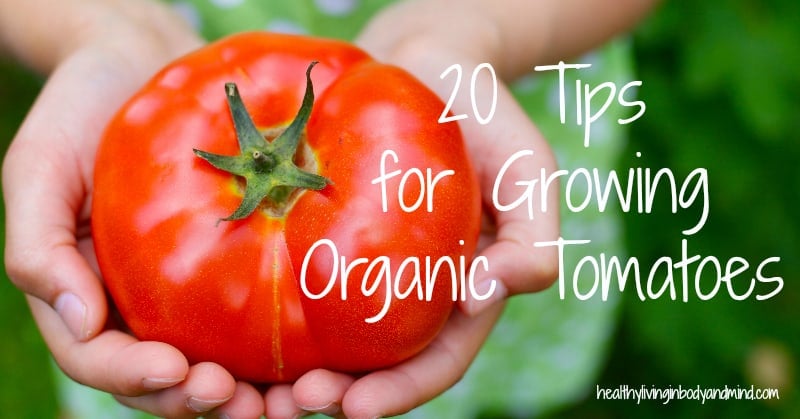Growing tomatoes is a tricky business. We have no idea if we'll have a sweltering summer like 1976 or if rain will come and encourage blight. Or perhaps we'll have an Indian summer to nudge what you thought would never get there into perfect ripeness. Never mind: you can take a few steps to improve your chances of a perfect crop.
• Always grow three or four varieties at least - some will suit your locality better than others, they may be differently susceptible to disease, and you may well prefer the taste of some varieties.
• Good varieties are essential - if you're unsure about what to go for, start with Gardener's Delight (a fabulous cherry tom), San Marzano (plum) and Costoluto Fiorentino (v large).
• Tomatoes are riskier grown outside rather than in a greenhouse or polytunnel - if you're thinking of chancing it then go for cherry tomatoes or Black Krim, both of which ripen more quickly outside than others.
• Grow your tomatoes in a location that has as much direct sun and shelter from winds as you can.
• Early in spring (or as late in winter as you dare), sow seeds into Jiffy 7 s and pot them on when the first true leaves develop, before planting them out when 20cm tall.
• Add compost or well-rotted manure to the soil you will be planting them in.
• Companion planting works wonderfully with tomatoes. Sow basil underneath as a sacrificial (white fly is drawn to it rather than your toms) or try garlic, nasturtiums or tagetes to repel aphids.
• Your plants will need support to grow strongly - use canes for tall varieties and/or netting for bushes.
• Water the soil, not the plant - tomato leaves and stems hate getting wet.
• Every week or so from when flowering starts, give your plant a seaweed or comfrey feed - the developing fruit will love the potassium.
• Water little and often - it encourages steady growth and helps to avoid split fruit.
• Sink a pipe vertically into the ground when you plant out. Tomatoes have two sets of roots: some at the surface that feed and lower ones that drink in water. The pipe gets the water down to where it counts quickly.
• Pinch out any shoots that develop between stem and main branches - they take up valuable energy from the developing fruit.
• Cut off the top of plants, certainly of outdoor ones, when six trusses of fruit set - this helps to focus the plant's energies.
• Bring any tomatoes that are still shy of ripeness at the end of the summer indoors and put a banana with them - the ethylene given off by the banana helps them ripen.
• I like to pick leaves off around the tomatoes when they've reached full size but have yet to start changing colour - this gets the sun to the fruit, increases air flow, and minimises disease.
• If you've just got the bug for growing some of your food, or your seedlings have struggled or been munched, you can still catch up by sourcing seedlings from places like Rocket Gardens or Delfland.
• Don't give yourself a hard time if you pick a few and they taste a little disappointing - tomatoes are notoriously sensitive to place and weather. There are hundreds of sugars, acids and volatile chemicals that we perceive when we taste a tomato, many of which are held separately within the structure of the fruit and mingle at ripeness (with its gentle collapse of cell walls). Judging the instant is a matter of trial and error. So pick one that looks right - if it's wonderful then pick the rest at a similar stage.
• I'll whisper this bit in case a real gardener's reading: if the fiddling about sounds like hard work, ignore it. Choosing great varieties and starting them off well in a good spot will get you most of the way to a great harvest. The second year I grew tomatoes I didn't bother with feeding, pinching, chopping the tops off, or companion planting for half of the plants I grew and, although the harvest wasn't as large as with the other half, it was fine.
• The most important thing is to grow some and take your time around harvest. A perfectly ripe homegrown tomato, eaten sun-warm from the bush, really is unrecognisable from the ones you buy in the shops.


Did you try this recipe? Tell us your thoughts!